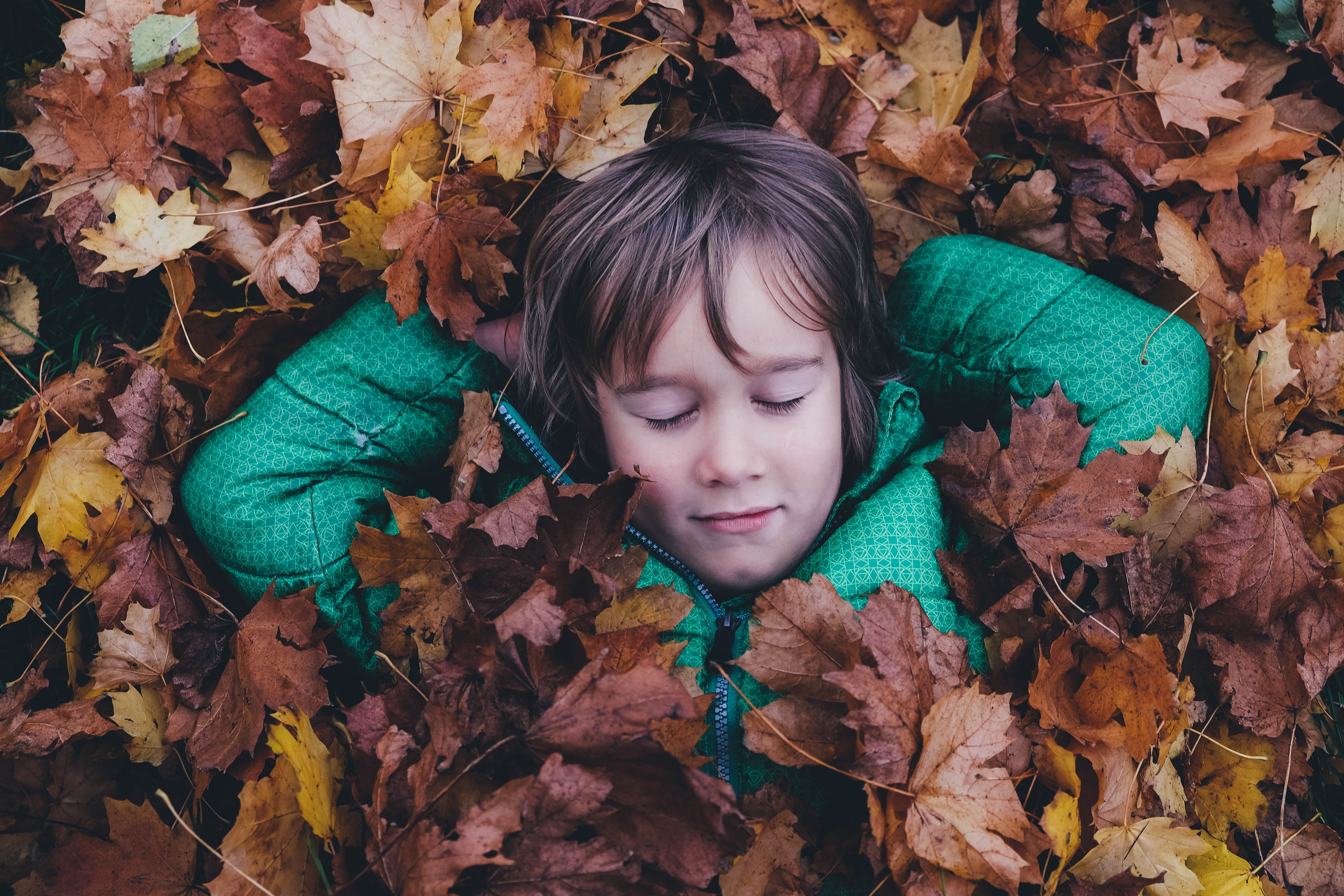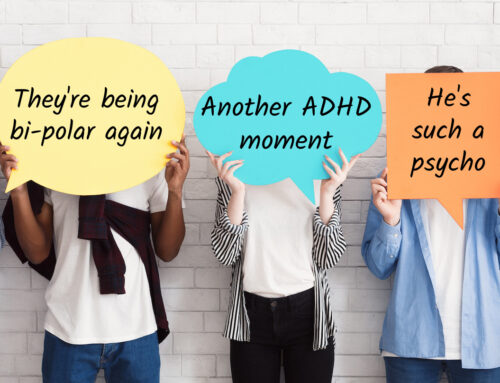What is mindfulness?
Most parents can agree that one of the many goals they have for their child is to have a healthy adult life. Parents cultivate this by teaching their children skills such as modeling how to work through difficulties or mistakes, guiding them in how to process through emotions, and helping their child to understand their own needs. However, teaching these things can become increasingly difficult when a child begins experiencing big emotions such as anxiety or even depression. Luckily for parents, mindfulness and meditation can help children to learn how to be entirely in the present moment and gain the awareness they need to learn these essential skills.
Mindfulness is “a conscious, purposeful way of tuning in to what’s happening in and around us.” In other terms, one could describe mindfulness as paying attention and being in the present moment. Research has proven that this specific approach of mindfulness and meditation, helps to enhance awareness and improved mental focus, as well as academic performance. Furthermore, some of the perceived benefits of mindfulness specific to children and teens include: supporting ‘readiness to learn,’ reduces anxiety before testing, promotes self-calming, and increases impulse control. Mindfulness has two components, attention to one’s present experience and an accepting, nonjudgemental attitude towards oneself and one’s experiences. When practicing mindfulness meditation, one isn’t necessarily concentrating on one thing; the goal is to simply bring attention to what you’re experiencing at that moment.
Along with these two components, mindfulness and mediation follow two crucial assumptions. The first assumption being that there are aspects of our lives that we can not change, but we can change how we experience the unvaried elements of our lives at home, at work, or school. The other assumption is that if we take a purposeful mental step back from a situation, merely observing what is going on around us and within us. Then, we can demonstrate some control over the situation by not riding the rollercoaster of intense emotions and reactions. Overall, mindfulness aims to help people feel as if they have more choice and can influence how their life is unfolding before them.
What does mindfulness look like in practice?
Children’s environments, such as school, are often very static and structured. While children need structure, their lack of choices can often be a source of intense emotions and reactions, especially as they become teenagers. When practicing mindfulness, “an obligatory challenging class at school” plainly is an obligatory challenging class, as opposed to feeling like this one challenging class has ruined your entire semester or somehow proves that you’re not smart enough.
For younger children, the inability to communicate needs, wants, and desires can lead to reactive and impulsive behaviors. Children will inevitability have emotions that go up and down, but by increasing their awareness, they can find a baseline of what helps them to feel calm. By helping a child to observe and to name when they’re feeling emotionally dysregulated the parent can then help the child to cope with their feelings more adaptively, as opposed to tantrums, shutting down, or internalizing.
How can my family practice mindfulness?
Evidenced-based mindfulness mediations are becoming more widely accessible, and with a knowledgeable therapist can be adapted to children. For example, clinical psychologist Dr. Richard Miller developed a practice called iRest. iRest merges traditional mindfulness meditation practices with western psychology and neuroscience. iRest can be done in a group setting, integrated into therapy sessions, or done alone at home. Furthermore, no experience with mediation is needed. By practicing mindfulness, the family as a whole can begin to feel more present and at peace as they navigate the ups and downs of daily life.






